Which Golf in the main image here has done the higher mileage? Both were registered in 2019, but one has done 49,000 miles, the other 129,000.
In fact, the higher-mileage car is on the right. The point is, cover up its odometer and you’d never know. Its paintwork is as bright as the lower-mileage car’s and it goes and stops just as well.
It has no rattles and its doors close with that lovely thump typical of a Golf.
It’s being sold by Car-Pod, an award-winning used car dealer near Southampton.
Paul Toomer has been selling cars from his business for 10 years, and while he prefers those with an average mileage, he doesn’t shy away from anything with more than 100,000 – as long as it meets certain criteria.
“Assuming it has a good service history and is in good condition, I’m happy buying a car with a high mileage if it’s German or Czech [Skoda],” he says.
“Body- and interior-wise they hold up well, and a thorough service usually fixes any small issues. Korean and most Japanese cars make good high-milers, too, but their interiors are flimsier so they can feel like they’ve done the mileage.
"I’m wary of small petrol engines, regardless of the make. I’m selling a 2018-reg Ford Fiesta 1.0 Ecoboost that’s done 104,000 miles.
"It’s a great little car but only because it had a replacement engine at 40,000 miles. In my experience, small petrol engines are a liability.”

Toomer has priced his high-mileage Volkswagen Golf, a 2019-reg 1.6 TDI Match Edition with one owner, a full service history and a new timing belt, at £7995.
He says that had it done half the mileage, it would be £11,995: “It’s good value, but even so, there’s been little interest in it. That’s partly because there are so many Golfs out there and because people dislike high mileages, even if in this case they could save themselves £4000.”
According to the DVLA, of the 40.3 million cars registered in the UK in 2022, nine million, or a little over one in four, had done more than 100,000 miles.
With the UK’s car parc getting older (one in two cars is now older than 10 years), the likelihood is that the proportion of cars with a seriously high mileage has since increased.
Many are listed for sale with a leading online marketplace. Just over 45,000 have done between 100,000 and 199,000 miles.
Beyond that, the number falls sharply to around 700, with mileages peaking at around 500,000.
One such ‘ultra-miler’ is an Audi A5 2.7 V6 TDI Sportback, a 2011-reg example that has now done 210,000 miles. John Sharrock, its owner, swears it performs like one that’s done half that, but then it should because he has spent a small fortune on it.
“I bought it with 200,000 miles on the clock and it was running fine,” he says.
“But I didn’t want to run the risk of it giving me trouble, so I had it fully serviced and many of the major parts replaced.”
Those included a new crankshaft pulley, timing belt, injectors and brake discs and pads, in addition to fresh engine and gearbox oils.

Broadly speaking those can all be classed as consumables, but it all adds up to the kind of expense that puts people off buying a high-mileage car, and it’s why the trade fears them.
“The general market view is that high-mileage vehicles have been out of favour with both trade and retail consumers for some time now,” says Jeremy Yea, senior valuations editor at Cap HPI.
“A higher percentage of vehicles need increased refurbishment, often requiring mechanical and body repairs.
"The sector has recently seen rising costs for parts and labour, which all add to the cost of the vehicle for the dealer and their customer.
"On top of that, following Covid, when many people bought older and cheaper cars in order to remain mobile, there has been a higher concentration of older, sub-standard high-mileage examples coming back to the market, leading to an oversupply.”
Until recently, high-mileage cars have largely been petrol- or diesel-powered, but with more electric cars with longer ranges being sold, so more of them are also accruing high mileages.
Martin Miller, a co-founder of EV Experts, a Surrey-based specialist, says he’s seeing more three-year-old EVs that have done 60,000 miles.
In consumers’ minds, that’s the equivalent of 100,000 miles for a petrol or diesel car, but it’s a perception he believes is unfounded: “With only around 20 moving parts in an EV motor compared with 2000 in a petrol engine, 60,000 miles is no hardship for an electric car.
"There are plenty of Teslas and Polestars with 150,000 miles. It’s only the condition of the brakes, suspension and tyres that a buyer needs to be concerned about on a high-mileage EV.”
Even then, electric cars can be very light on their brakes. One BMW i3 that is attracting attention on social media has done 237,000 miles on its original discs and pads.
On the subject of EV battery degradation, Miller insists it’s a function more of a car’s age than of its mileage: “Regardless of the car’s mileage, a battery typically suffers a 2% reduction in battery capacity per annum.
"High-mileage cars may have experienced more rapid charging, but this doesn’t accelerate battery degradation; the UK’s ambient temperature quickly cools any heat generated.”

A new report by Geotab, a vehicle telematics company, supports Miller’s claims.
Following a study of 5000 EVs, it found EV batteries degrade by an average of 1.8% each year.
This compares with 2.3% when it conducted a similar study in 2019, leading the firm to conclude battery technology is improving.
It also found that high-use EVs did not record higher rates of degradation than low-use vehicles and that as batteries age, their rate of degradation stabilises.
However, batteries that were liquid- rather than air-cooled degraded slowest, it found, the best performers by 1% each year.
Back at Car-Pod, Paul Toomer has finally sold his high-mileage Golf.
Amazingly, the buyer was unaware of its mileage when he came to view it and merely shrugged his shoulders on hearing the news: they took it for a spin and expressed complete satisfaction.
Goes to show that when all’s said and done, mileage is only a number.
How to buy a high-mileage car
Assuming you’ve run a history check with HPI or a similar service, cross-checked the odometer reading against the government’s online MOT checker and ensured its VIN and engine numbers and the keeper’s identity and address tally with the V5, then…
Check the bodywork and interior. Allowing for chips and mileage-related marks, if they’re otherwise in good condition, the likelihood is you’re onto a winner.
Scrutinise the service history and all available service receipts and invoices.
Take it for an extended test drive, checking how the suspension feels and sounds, how the gears engage, how the engine idles and pulls and that no warning lights come on.
Compare the price with lower-mileage cars before you commit.

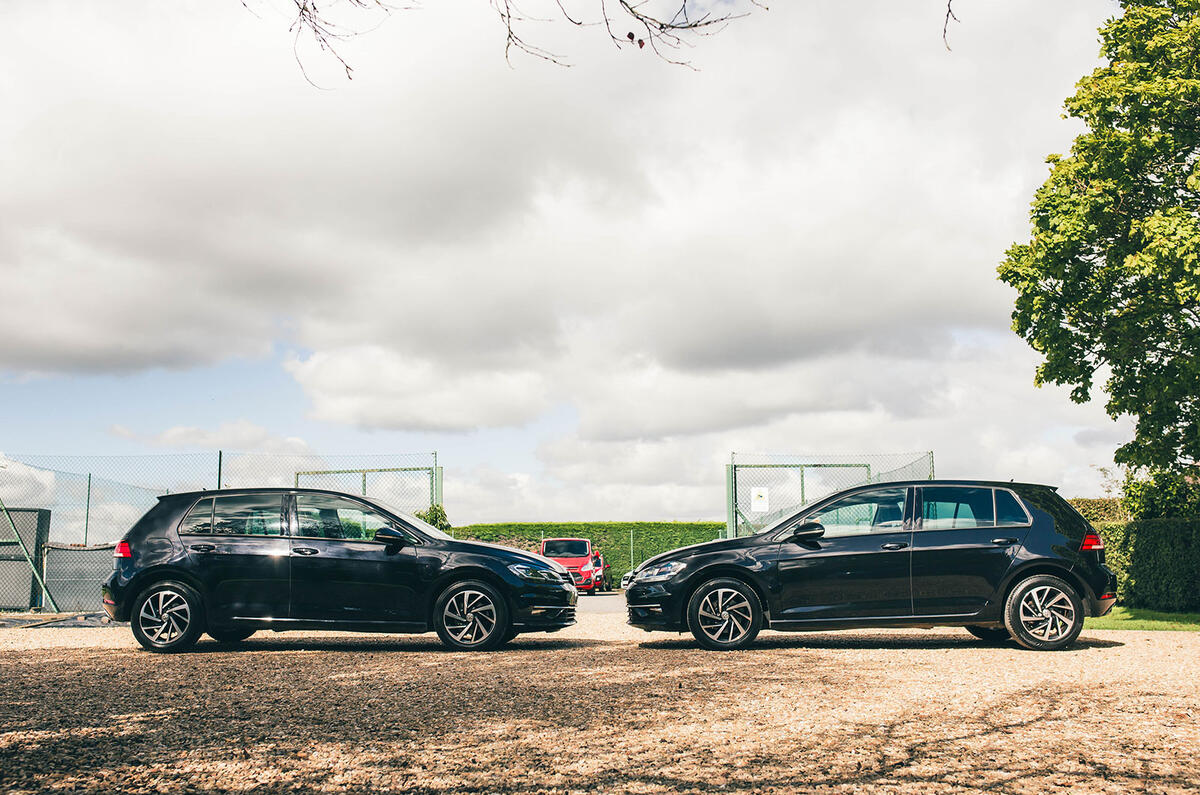
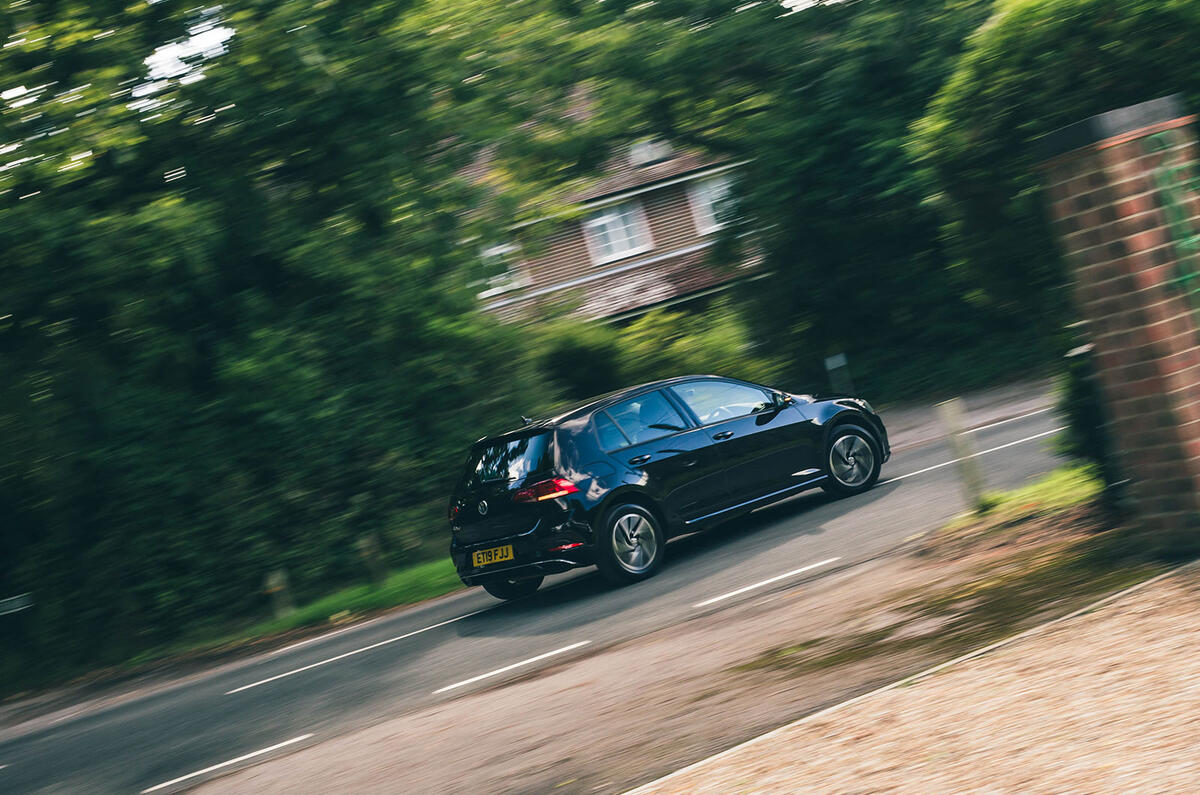
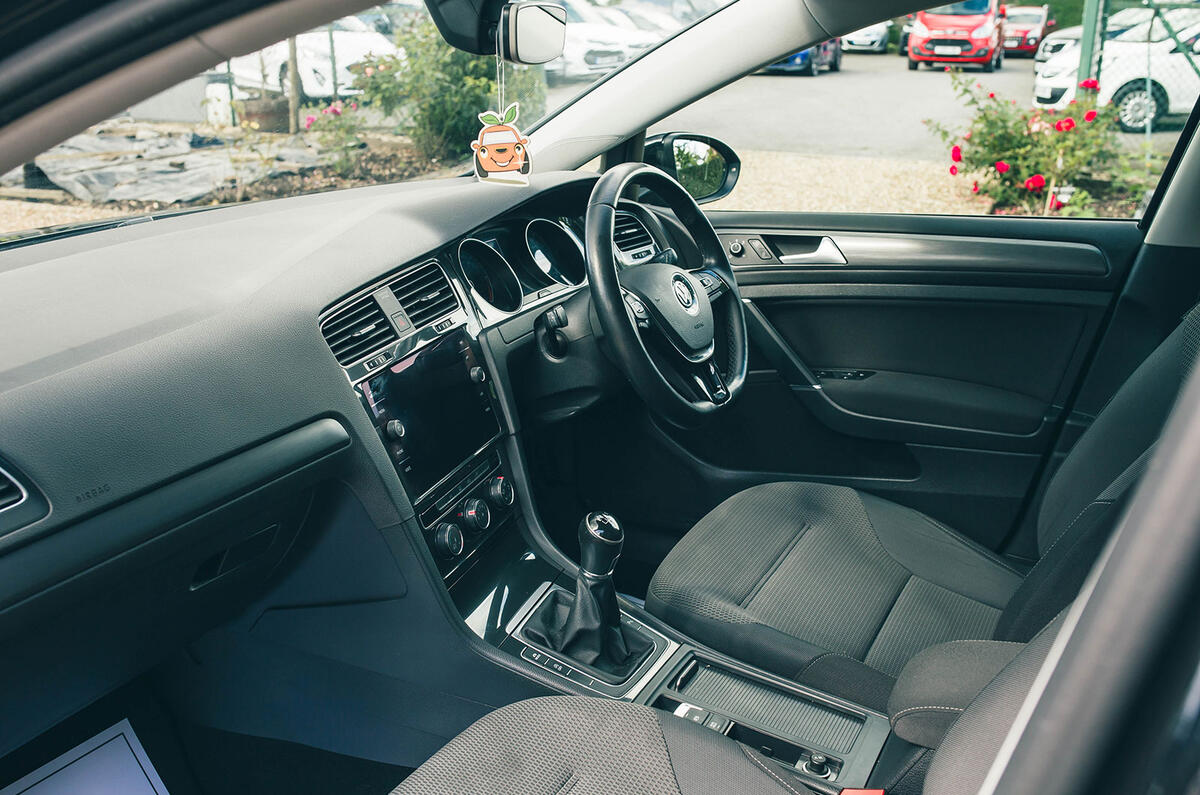
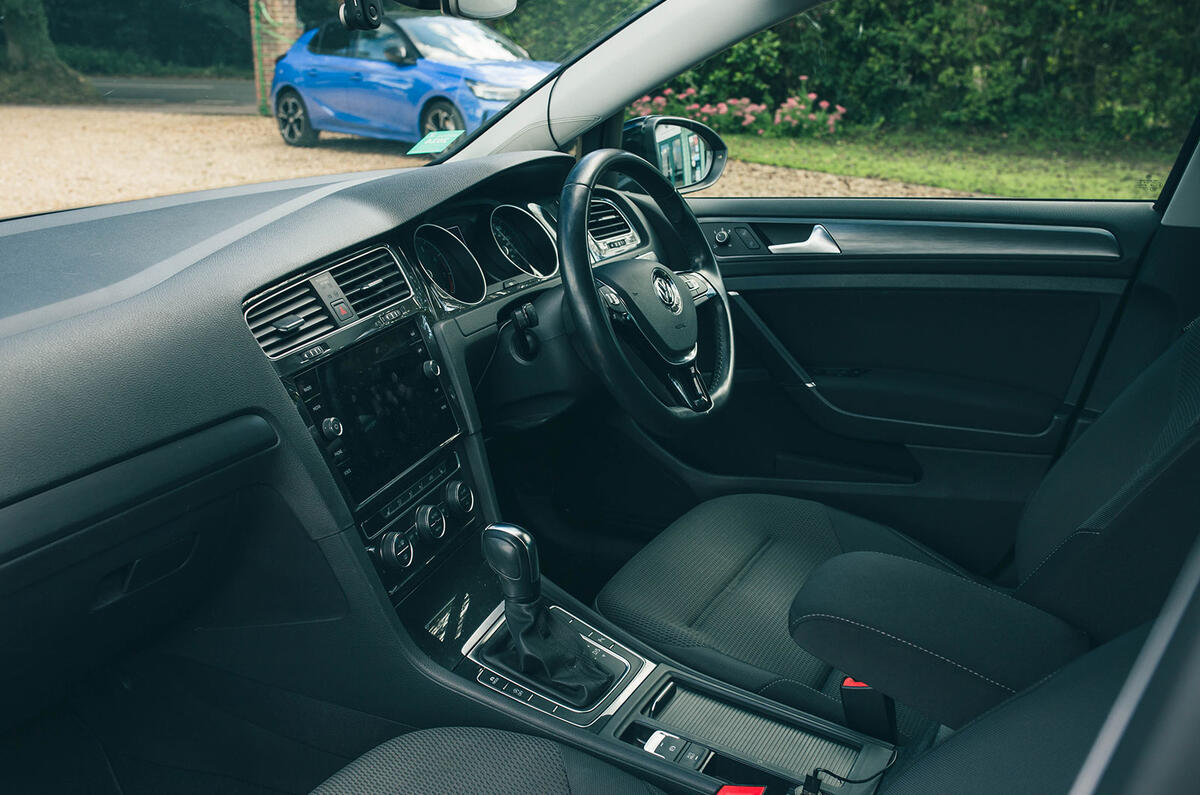
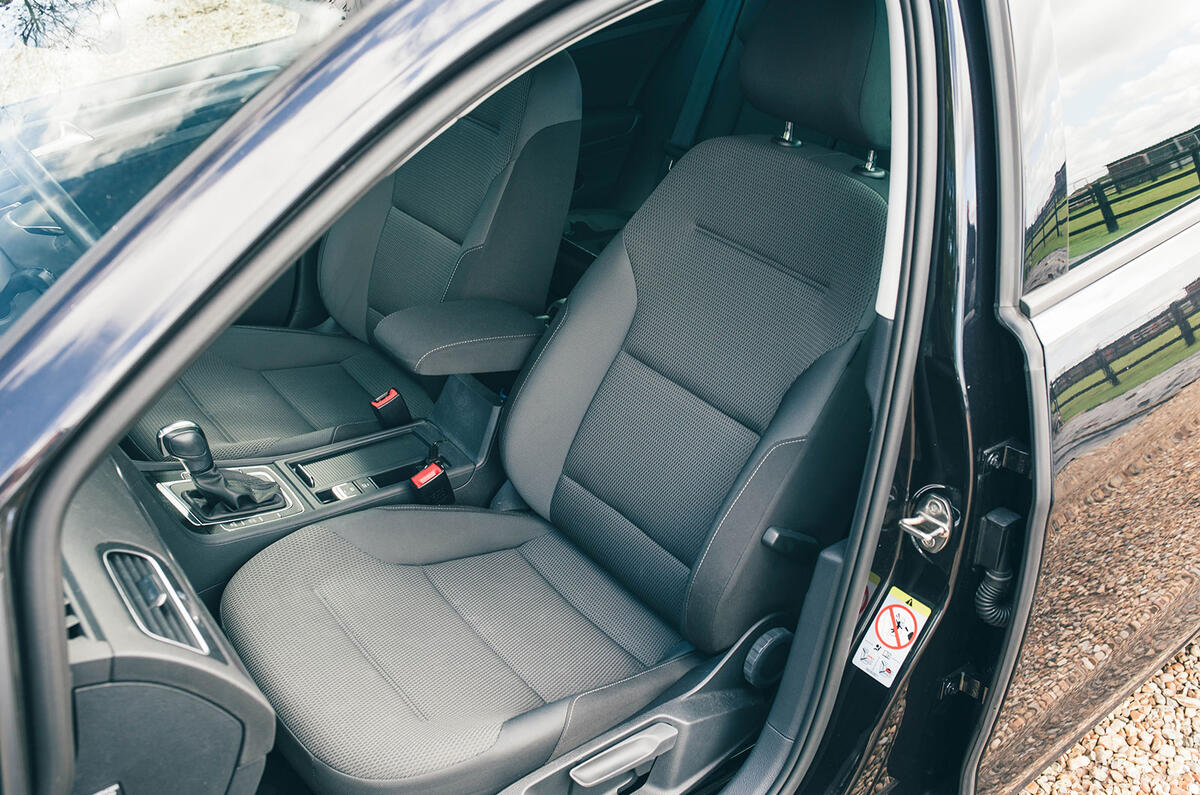
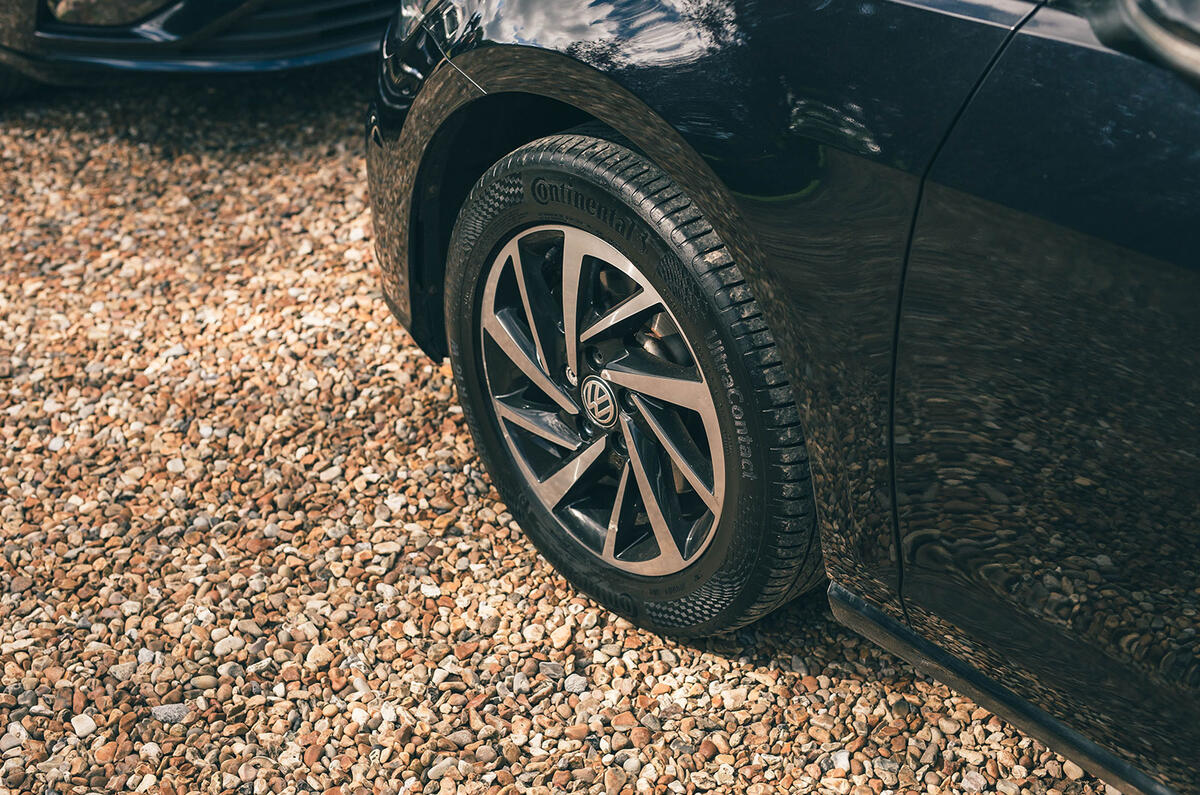

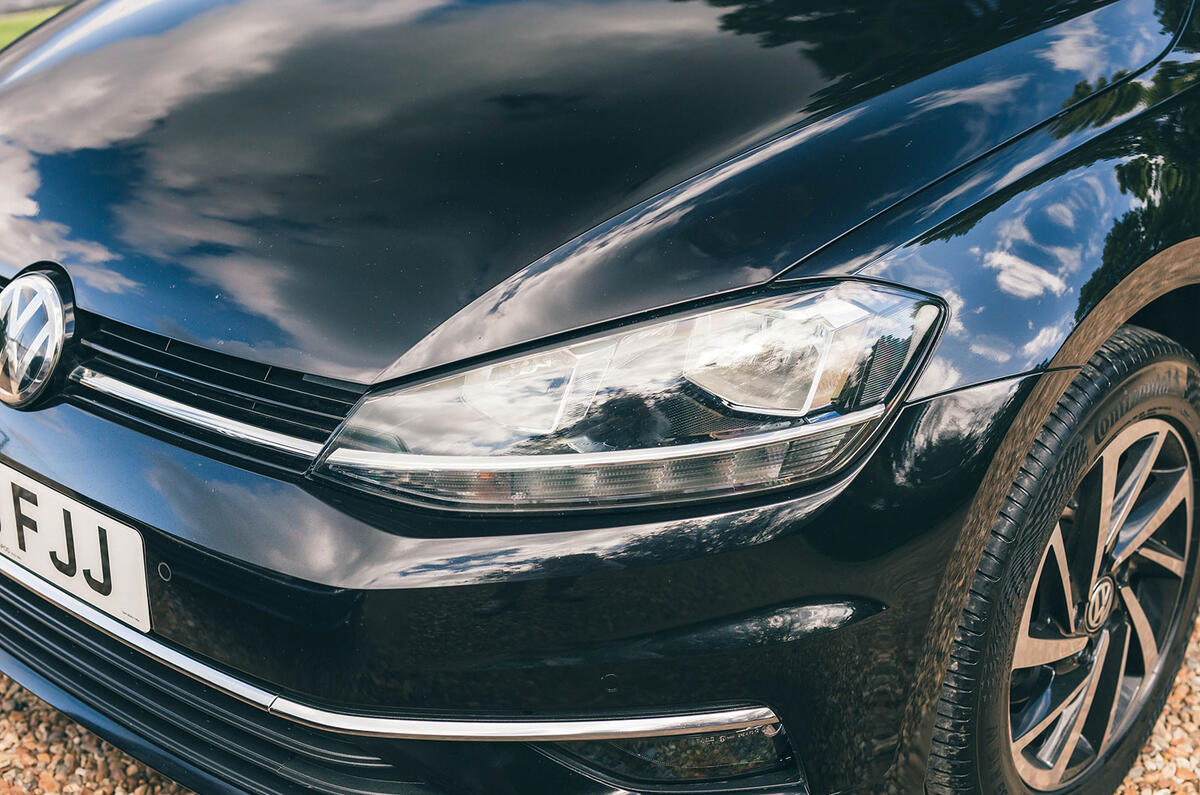
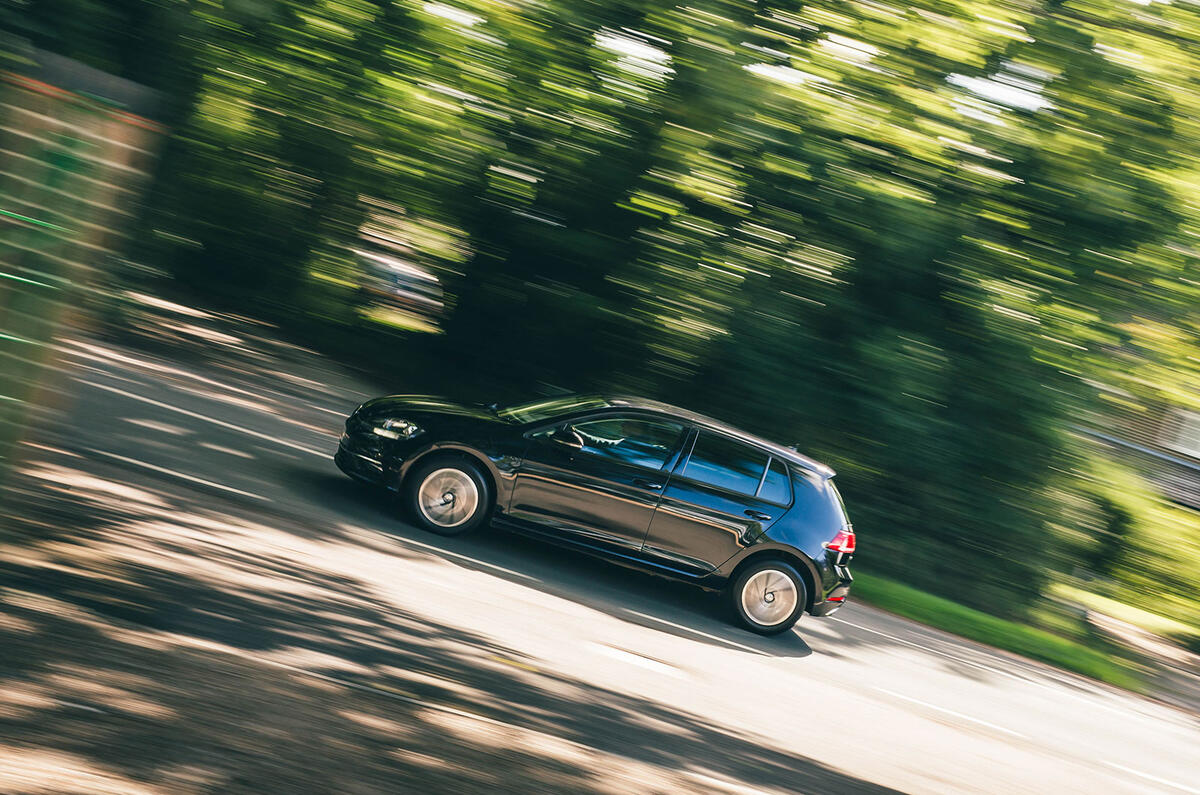
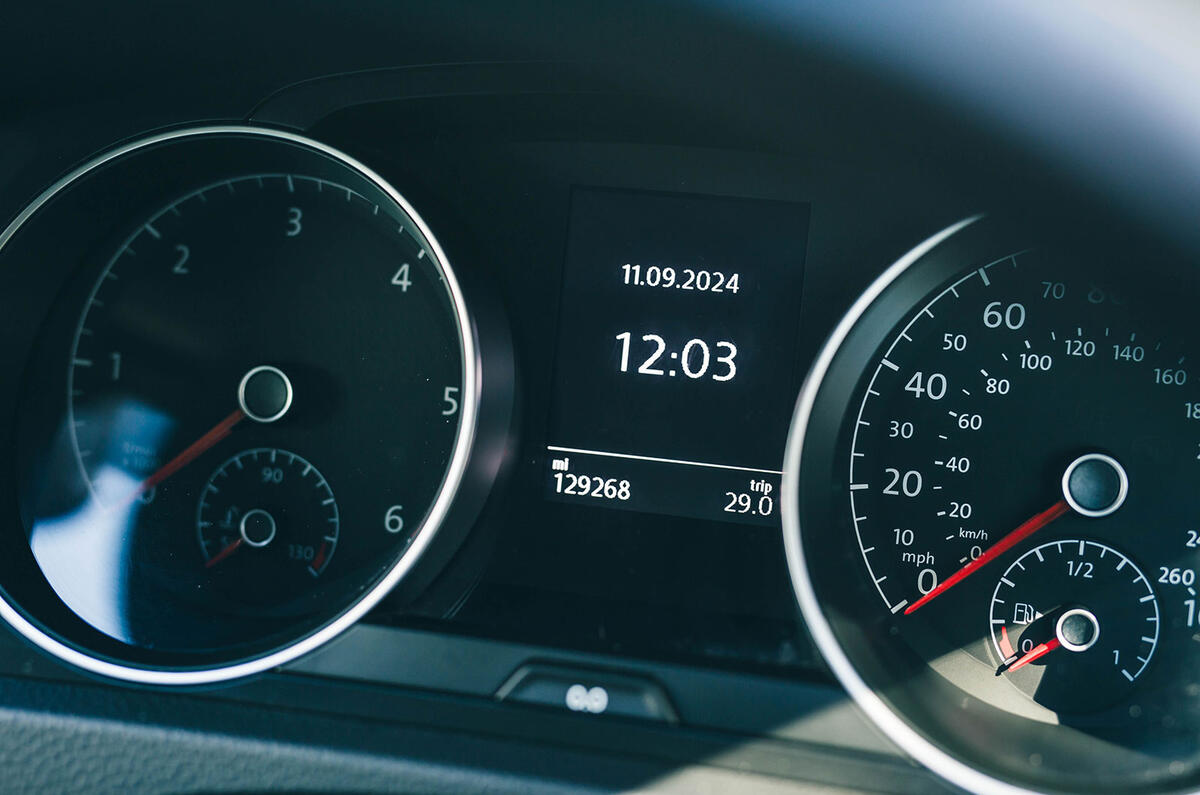
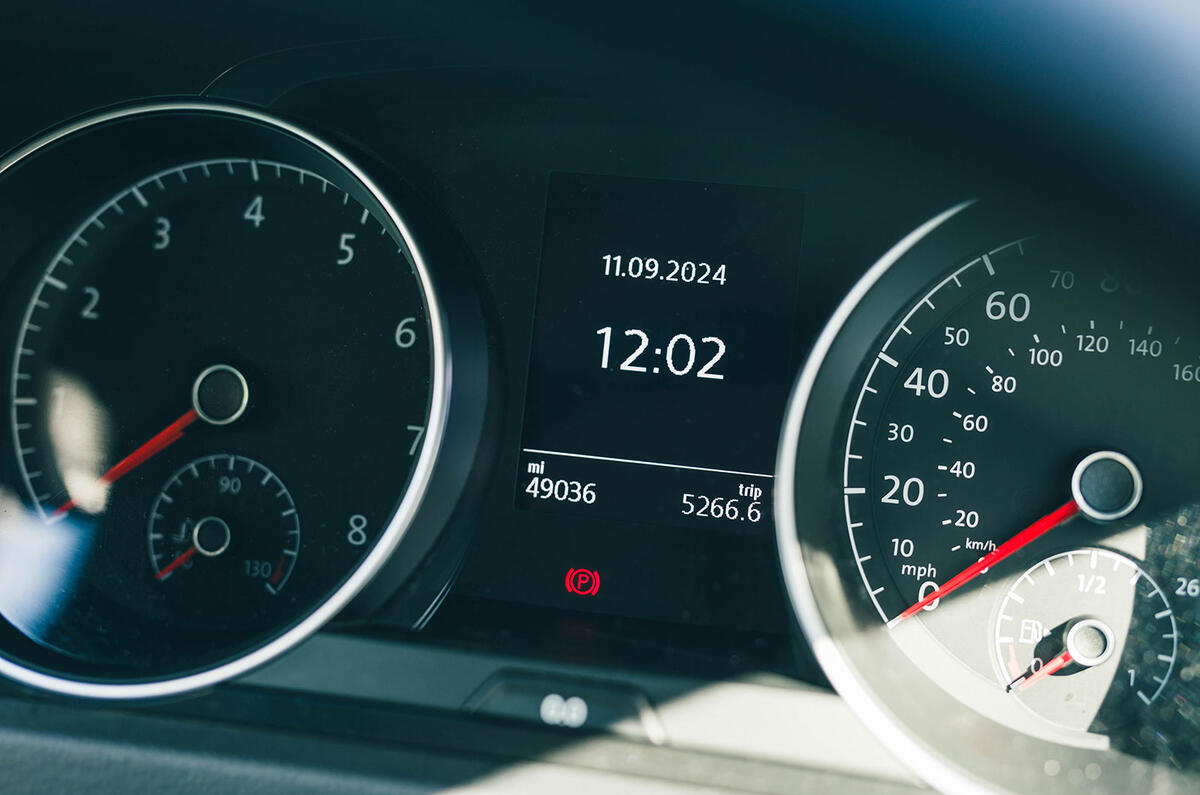

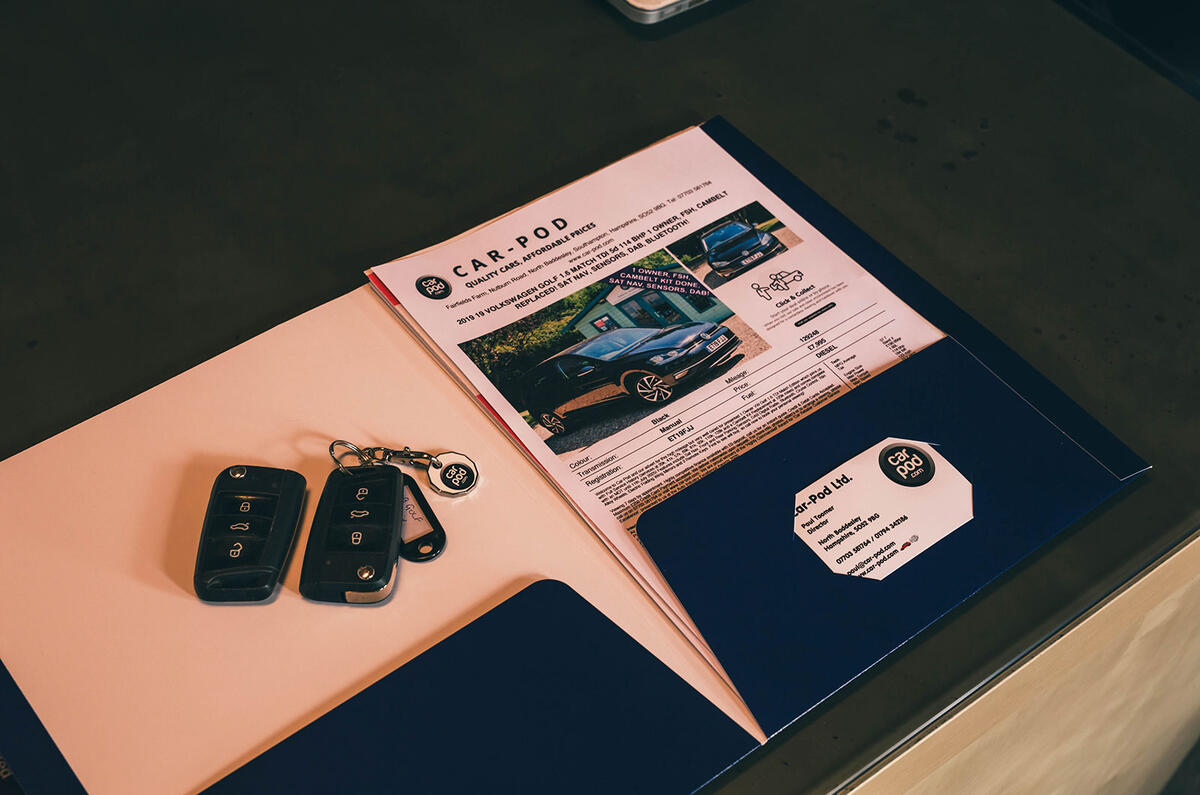









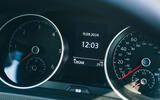





Join the debate
Add your comment
It's not necessarily down to the servicing, or the marque. I had a VW twin-turbo diesel from new, that I serviced beyond the schedule (i.e. changed the oil sooner) and the engine was still knackered at 60,000 miles because of poor design of the EGR valve!
Pretty good article especially the BEV detail parts. Worth pointing out how you intend to use the car, I bought a relatively high mileage car simply because I don't do that many miles now.